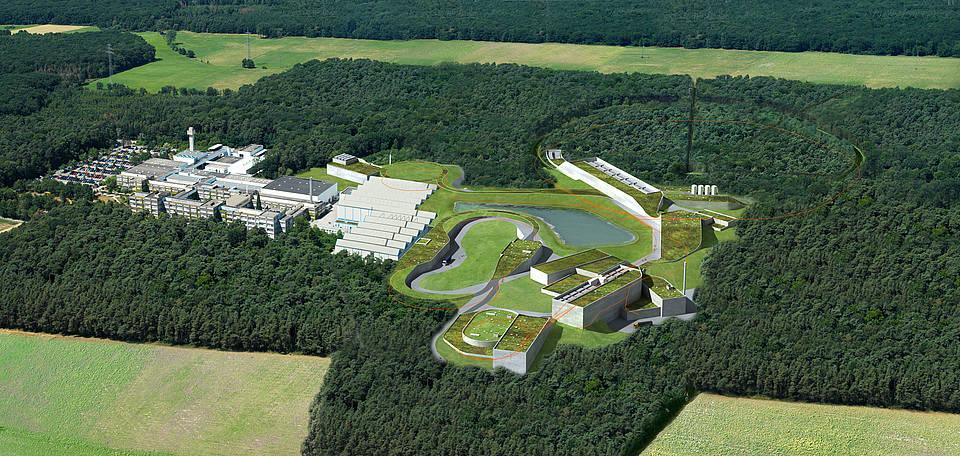
Researchers at GSI Helmholtz Centre for Heavy Ion Research in Darmstadt, Germany have presented preliminary results for the integration of accelerator facilities into Virtual Power Plant (VPP) networks within the scope of the EuCARD-2 project.
Virtual Power Plants (VPPs) are networks that aim to optimise the production, storage and use of energy. They are comprised of renewable producers such a wind turbines and solar panels, storage facilities such as battery stations, and both public and industrial users. The networks aim to ensure better availability and reliability for consumers.
Dr Jens Stadlmann, Vice Machine Coordinator of SIS18 at GSI, said: “Accelerators are large and variable power consumers which makes them eligible candidates for VPP.”
The GSI team analysed the energy consumption of the accelerator complex and found a 3-6 MW difference between operation and shutdown. This meant the shutdown of the equipment could be scheduled during times of high-energy demand by identifying switchable loads.
The FAIR Facility
In an effort to consider the feasibility for future accelerator complexes, the GSI team studied the SIS100, the main synchrotron of the future Facility for Antiproton and Ion Research (FAIR).
The FAIR synchrotron will be able to work in very flexible cycles with three different modes of operation: Cycles A, B and C. Cycles A and B are regular modes of operation, which have similar dynamic loads and safety margins but Cycle C has much higher dynamic loss and is not planned as a regular mode of operation.
Experiments could schedule operation cycles with high dynamic loss around times of low energy demand. Next, power providers could make use of the whole facility as part of a VPP scenario by actively switching accelerator facilities to a low energy consuming cycle when general power demand is high.
Challenges for accelerators in VPP networks
Potential energy management schedules for accelerators must be considered carefully, as researchers may be expected to wait significant periods for the facility to be switched back to high-energy operation. Longer operating times may be required to compensate, which has its own impact on energy consumption and staff and operating costs.
In addition, the operation of the cryogenic system during low-energy may present a technical challenge for facility operators.
The SIS100 magnets are cooled by a two-phase helium system, whereby liquid helium extracts heat from the magnets and is evaporated back into a gas before being transported back to the surface of the facility.
If an accelerator facility is switched to low-energy operation, the level of cooling must be adjusted accordingly. At a lower energy magnets will produce less heat, so not all of the liquefied helium can be evaporated.
To recoup all of the deployed helium, facilities may need to install heaters or a method of pumping the liquid back into the feed box. Using heaters means the energy consumption of the cryo plant will stay relatively constant for all modes of accelerator operation. Significant changes must be made at the cryosystem to realise lower energy consumption during cycles of low dynamic load.
Next steps for accelerators and VPPs
Allowing power suppliers to switch accelerator facilities from high to low energy during times of high energy demand adds a layer of complexity and risk to facility operation.
Before accelerators may be fully integrated into VPP networks the cryogenic systems require further development, safety measures must be assessed and the facility must comply with additional regulations from the power network operators.
The longer operating times needed to compensate users for a loss of beam time may result in similar or higher energy consumption, and the costs for the manpower and operation of these facilities may also be higher.
Trialling for the expansion of VPP networks with accelerator facilities may allow researchers and power suppliers to identify potential obstacles to further use, which in turn may present future avenues of research and development.
“The technical and organisational obstacles which have to be overcome to qualify a complex machine like an accelerator for a VPP seem to be transferable to other scenarios und thus be of general interest for society,” said Dr Stadlmann.
